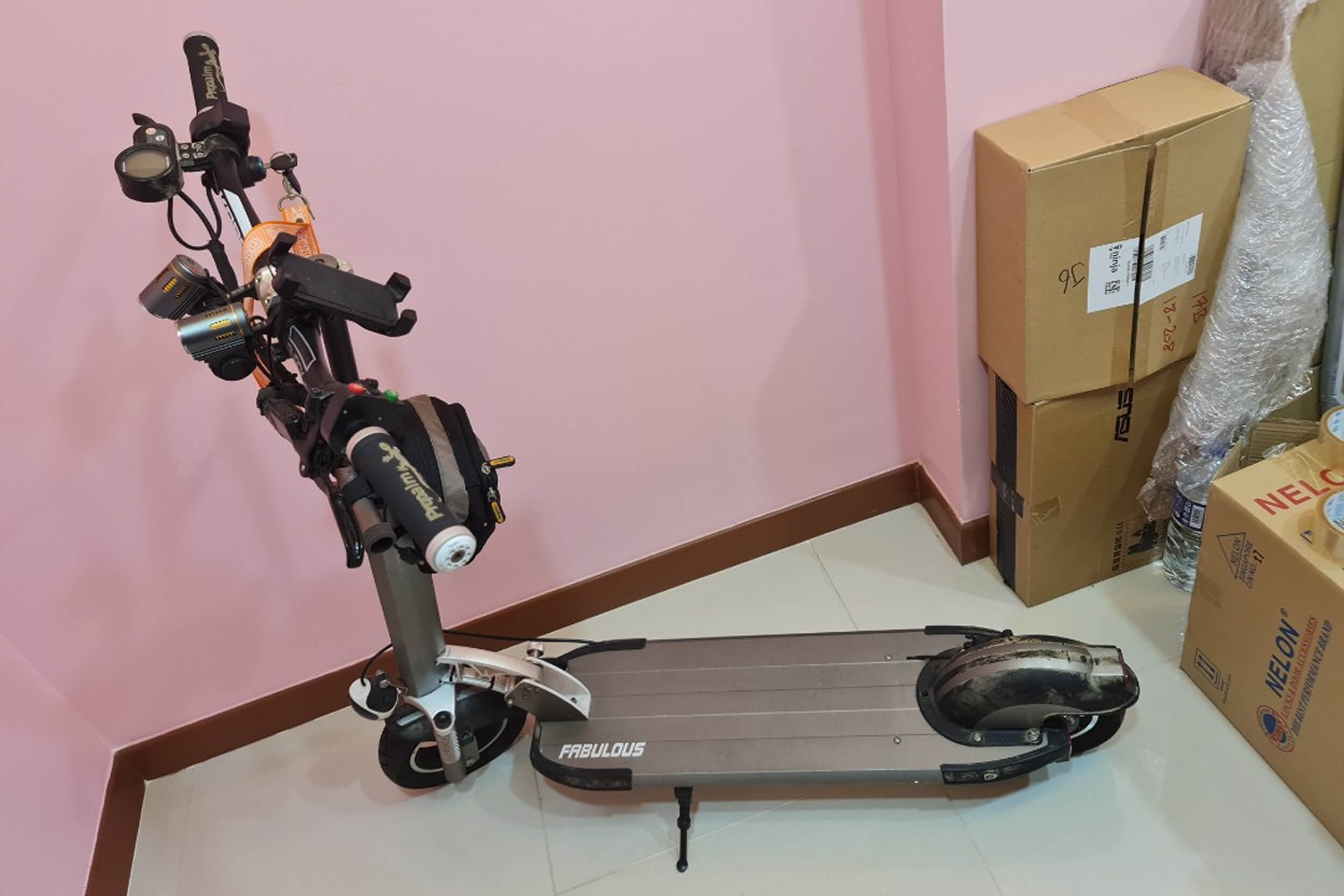
A Greener Path for E-Scooter Longevity
October 15, 2025From Trend to Transport: How E-Scooters Became a Legitimate Urban Commute Option
Not long ago, electric scooters were dismissed as toys or fleeting novelties. You might’ve seen them zipping along boardwalks, rented by tourists or college students out for a quick spin. But in just a few short years, e-scooters have undergone a radical image transformation. What was once seen as a recreational gadget has now evolved into a legitimate tool for urban transportation.
Today, in cities around the world, thousands of people rely on e-scooters not for fun—but for function. Commuters use them to get to work. Gig workers use them for deliveries. And eco-conscious citizens choose them as a low-emission alternative to cars and taxis.
What changed? A mix of technological evolution, cultural shifts, and the growing urgency for cleaner cities. In this article, we explore how electric scooters became more than a trend—and why they’re here to stay as part of the modern city’s commuting fabric.
A Confluence of Timing, Tech, and Tension
The rise of e-scooters didn’t happen in a vacuum. It came at a time when cities were already struggling with clogged roads, worsening air quality, and overburdened public transport systems. People were looking for alternatives—but those alternatives had to be practical, affordable, and scalable.
Enter the e-scooter. As lithium-ion battery technology improved, it became possible to build small, light, rechargeable vehicles with enough range to serve a meaningful purpose. Scooters could now travel 20–30 kilometers on a single charge. That range was perfect for city dwellers who needed a way to close the “last-mile” gap between home, work, and public transit.
Tech wasn’t the only factor. There was also a cultural moment taking place. Cities were starting to reimagine their streets. Bike lanes expanded. Pedestrian-only zones were created. Car ownership among millennials declined. Suddenly, compact, affordable micromobility vehicles made a lot more sense.
The Pandemic Pivot
COVID-19 further accelerated the scooter movement. When lockdowns limited the use of buses and trains, people looked for personal forms of transportation that kept them safe while still mobile. Shared e-scooters filled the gap in some cities, but many riders went a step further and purchased their own.
Ownership brought with it a new wave of understanding: scooters weren’t just convenient—they were incredibly efficient. Riders realized they could skip parking fees, bypass traffic, and enjoy fresh air while cutting down commute times. The environmental benefit was a bonus—but for many, the appeal was purely practical.
At the same time, cities saw how scooters reduced car traffic and emissions. Some municipalities responded with new policies, infrastructure investments, and pilot programs that made scooters a fixture rather than a fad.
E-Scooters as Commuting Workhorses
The modern commuter scooter is a far cry from its early counterparts. Today’s models feature regenerative braking, dual suspension systems, smart dashboards, and even app integration for route tracking and battery monitoring. For riders who depend on them daily, these improvements matter.
What also changed is how people think about cost. A mid-range electric scooter might cost $500–$900 upfront, but when compared to monthly car payments, insurance, fuel, and maintenance, it quickly becomes one of the most economical transportation choices available.
This is especially true for refurbished scooters, which deliver similar performance at a fraction of the price. That’s part of why platforms like Scootshop are seeing increased demand—especially from students, urban professionals, and part-time workers who need dependable mobility without the financial burden of car ownership.
Infrastructure and Acceptance
For e-scooters to become truly mainstream, cities needed to adapt. In many places, they have. Sidewalk etiquette is improving, scooter-specific lanes are being added, and speed limits are enforced to balance safety with utility.
The general public, too, has adjusted its perspective. Where once e-scooters were viewed with skepticism, they’re now seen as part of the flow of urban life—just like bicycles and buses. They have their place, and their riders have a growing sense of identity as well.
Being a “scooter commuter” today means more than just owning a vehicle—it means participating in a broader movement toward more human-scale cities. It’s about replacing 4 wheels with 2, and fossil fuels with electricity. It’s about navigating the city in a way that’s both independent and responsible.
Scootshop’s Role in the Shift
As e-scooters have grown in popularity, so has the need for platforms that make ownership easier, more affordable, and more sustainable. That’s where Scootshop comes in.
We don’t just sell second-hand scooters—we extend their life, rebuild their batteries, and connect a community of like-minded riders who value both convenience and conservation.
Our users aren’t just hobbyists. They’re commuters, couriers, students, parents—people who rely on their scooters every day and want tools they can trust. By offering affordable access to quality rides, Scootshop helps turn the e-scooter from a luxury into a lifestyle.
Conclusion
E-scooters are no longer a novelty. They’re a movement. A statement. And increasingly, a solution.
Their rise reflects a deeper shift in how we think about transportation, cities, and sustainability. Whether you’re commuting across town, connecting to the subway, or just skipping traffic on a busy Monday, e-scooters offer a blend of flexibility, efficiency, and responsibility that few other vehicles can match.
As cities continue to evolve, so too will the role of micromobility. And if the past few years are any indication, the scooter isn’t just along for the ride—it’s leading it.


